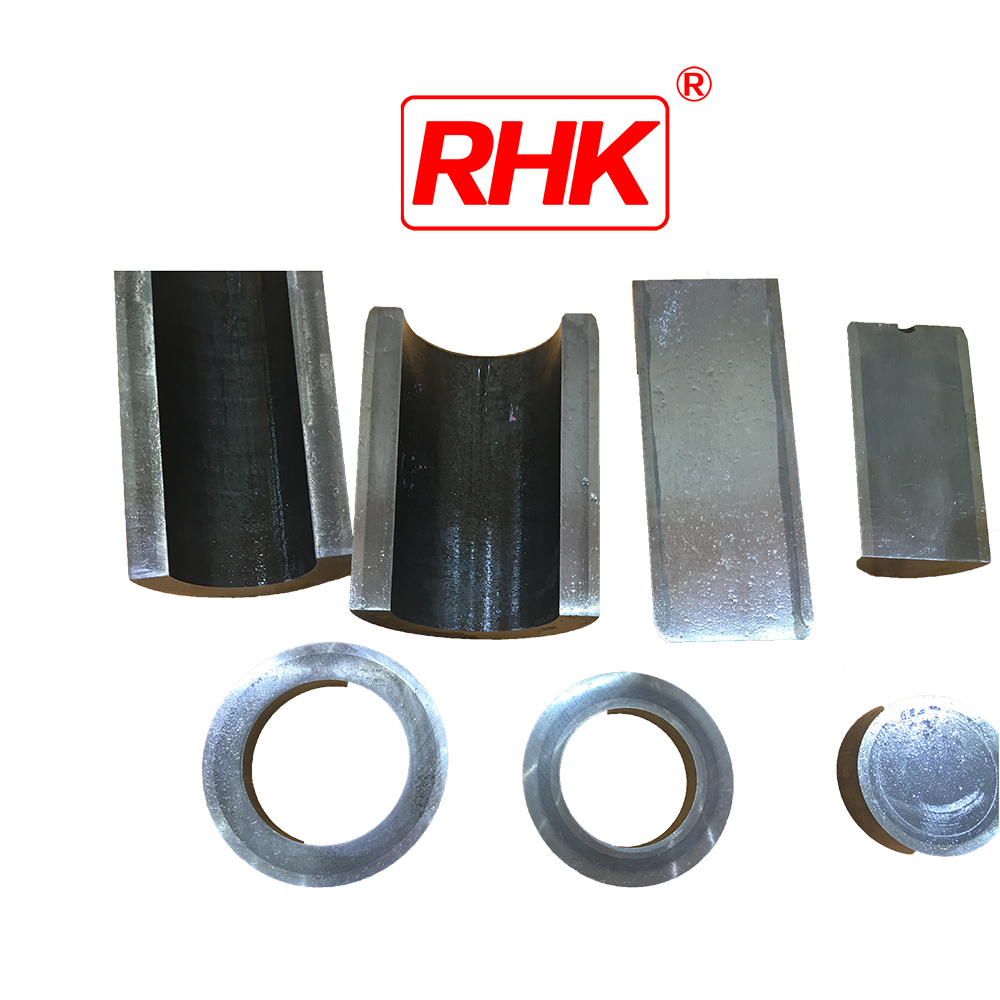Track pins and bushings serve similar functions in both military and civilian applications, but there can be differences in their design, materials, and specifications based on the specific requirements of each application:
- Materials and Durability: In military applications, track pins and bushings may be designed to withstand harsher operating conditions and environments, such as combat zones or rugged terrain. As a result, they may be made from higher-grade materials or undergo additional hardening processes to enhance durability and resistance to wear, corrosion, and impact.
- Performance Specifications: Military track pins and bushings may be subjected to more stringent performance specifications and testing requirements compared to their civilian counterparts. This ensures that they meet the demanding performance standards and reliability expectations of military operations, including resistance to extreme temperatures, vibration, and stress.
- Maintenance and Service Life: Military track pins and bushings may be designed for longer service life and reduced maintenance requirements to support extended deployment periods and minimize downtime in the field. This may involve features such as self-lubricating or maintenance-free designs, as well as enhanced wear resistance to prolong the intervals between replacements or servicing.
- Compatibility and Interchangeability: In military applications, there may be a greater emphasis on standardization and compatibility across different vehicle platforms and manufacturers. This can influence the design and specifications of track pins and bushings to ensure interchangeability and ease of maintenance in the field, Track Pin and Bushing Factory where access to specialized parts and tools may be limited.
- Cost Considerations: While cost-effectiveness is a factor in both military and civilian applications, military track pins and bushings may be subject to different budgetary constraints and procurement processes. Military-grade components may be more expensive to manufacture and procure due to higher quality standards and specialized requirements, but they are also expected to deliver superior performance and reliability in demanding operational environments.
Overall, while the basic function of track pins and bushings remains the same in both military and civilian applications, differences in design, materials, performance specifications, maintenance requirements, and cost considerations may exist to meet the unique needs and priorities of each application.
What role do China Track Pin and Bushing play in distributing the vehicle’s weight evenly over the ground?
China track pins and bushings, as integral components of the undercarriage system in tracked vehicles, play a crucial role in distributing the vehicle’s weight evenly over the ground. Here’s how they contribute to this important function:
- Connection Between Track Links: Track pins are the cylindrical components that connect individual track links together to form a continuous track loop. They pass through the bushings, which are sleeve-like bearings, mounted within each track link. This interconnected structure provides a stable and continuous surface for the vehicle to traverse, distributing its weight evenly across the entire length of the track.
- Load-Bearing Capacity: China track pins and bushings are designed to withstand the substantial weight of the vehicle as well as any additional loads imposed during operation, such as cargo or equipment. The load-bearing capacity of the pins and bushings ensures that the vehicle’s weight is effectively transferred to the ground without causing excessive stress or deformation.
- Even Weight Distribution: By securely linking the track links together, China Track Pin and Bushing help distribute the vehicle’s weight evenly over the entire track surface. This prevents localized areas of high pressure or concentrated weight, which can lead to uneven wear, sinking into soft ground, or loss of traction.
- Reduced Ground Pressure: Even weight distribution facilitated by track pins and bushings helps minimize the ground pressure exerted by the vehicle’s tracks. This is especially important when operating on delicate or environmentally sensitive terrain, as lower ground pressure reduces the risk of soil compaction, erosion, or damage to vegetation.
- Stability and Maneuverability: Proper weight distribution provided by track pins and bushings contributes to the stability and maneuverability of the vehicle. By spreading the vehicle’s weight evenly over the ground surface, track pins and bushings help maintain traction, prevent slippage, and ensure smooth, controlled movement, even in challenging terrain or adverse conditions.
- Longevity of Undercarriage Components: Even weight distribution helps minimize stress and wear on other undercarriage components, such as rollers, idlers, and sprockets. By reducing the risk of uneven loading and excessive

Comments